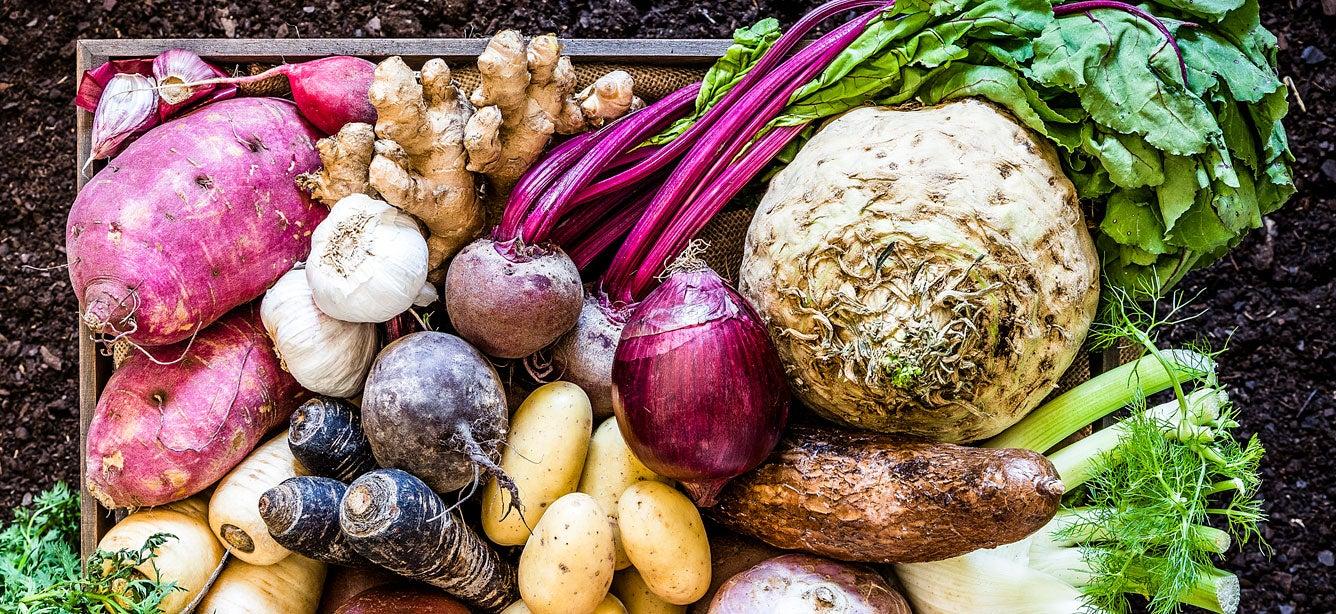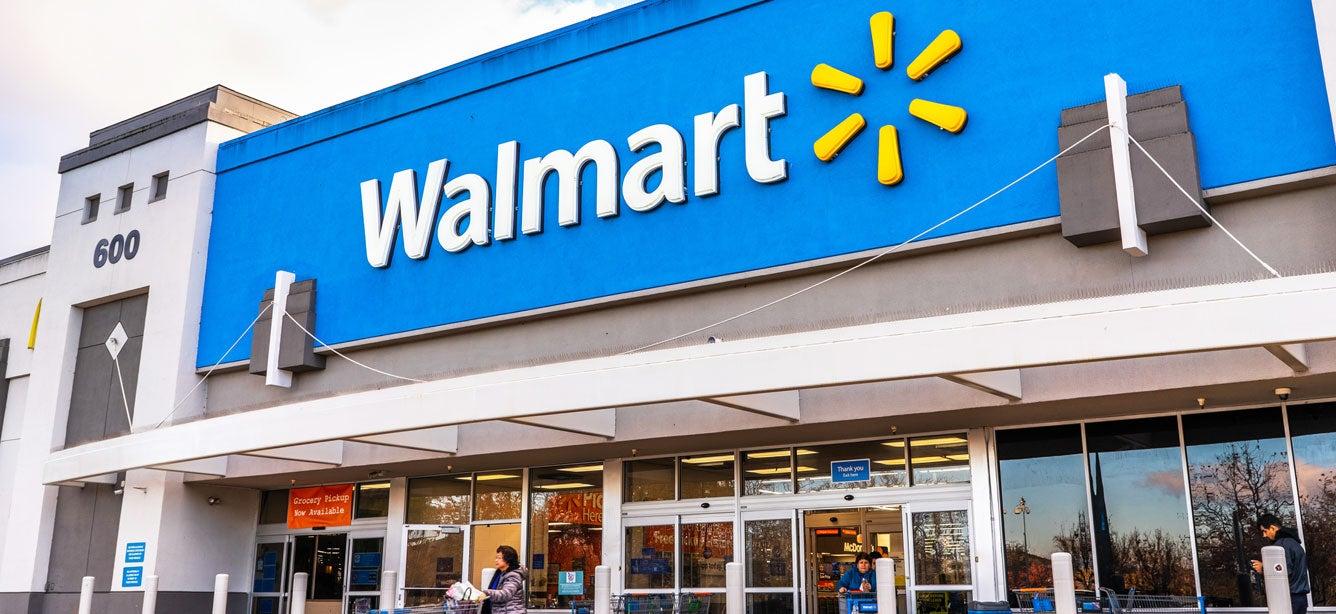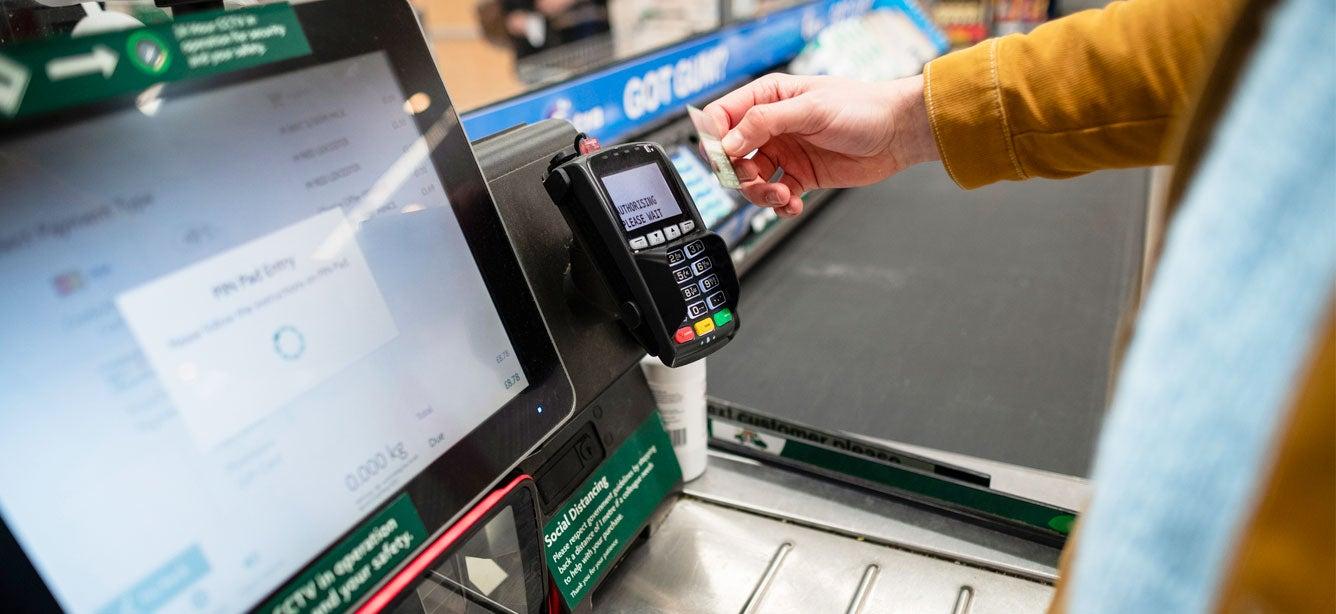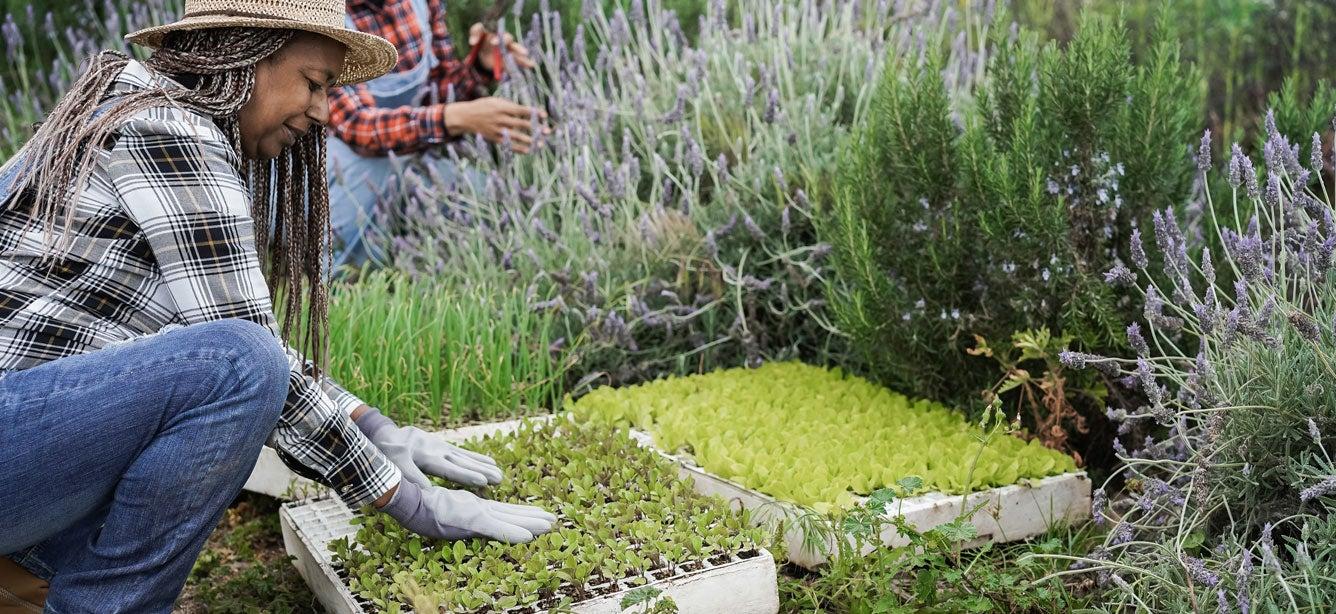
Related Topics
Everyone deserves worry-free access to nutritious food. But in 2022, nearly 7 million older Americans were food insecure, and research shows this number could rise to 9 million by 2050.1 And due to the rising costs of living and inflation, the number of older adults in poverty has reached alarming levels. According to the latest Census Bureau data, more than 17 million (or roughly 1 in 3) older adults aged 65+ are economically insecure.2 These older adults, who are living at or below the federal poverty level, struggle with rising housing and health care bills, inadequate nutrition, lack of access to transportation, diminished savings, and job loss.
What is SNAP? And how can it help older adults?
The Supplemental Nutrition Assistance Program (SNAP) is a lifeline for older adults who might otherwise face hunger, malnutrition, and the stress of not being able to put enough food on their table. Formerly known as food stamps, SNAP is a public food assistance program that helps individuals and families buy the food they need to maintain good health. This is because the money older adults would have spent on food can now be applied toward other critical needs—such as utilities, prescriptions, and medical bills.
But new NCOA data shows us that nearly 9 million older adults are eligible for SNAP but are not enrolled, representing only 30% participation.
“It’s shocking and unacceptable to have nine million eligible older adults not enrolled in benefits that can make the difference between them affording food or health care each month,” said Ramsey Alwin, NCOA President and CEO. "These individuals are struggling to afford basic necessities, and they are missing out on critical assistance.”
Take Jane, for example. Jane is 89 and in poor health due to cancer. Referring to her monthly SNAP benefits, she told her benefits counselor:
"The food stamps I get help me buy the healthy foods I need to keep my strength up. I really rely on them to buy fresh fruits and vegetables."
How do you use SNAP benefits to buy food?
SNAP food assistance benefits are transferred to recipients via an Electronic Benefits Transfer (EBT) card. This prepaid card can be used just like a debit card to purchase eligible food in most grocery stores and other retail stores that sell food. Many farmers markets throughout America also participate in SNAP.
What is the average SNAP food assistance benefit for seniors?
The average SNAP benefit for a one-person senior household is $188 per month, or $2,256 per year.3
What can SNAP benefits be used for?
Food that can be purchased with a SNAP card includes fruits and vegetables; meat, poultry, and fish; breads and cereals; dairy products; snack foods; and non-alcoholic beverages. SNAP assistance can also be used to buy seeds and plants to grow food for a household.
There are also clear rules about what you cannot buy with a SNAP card. These benefits can't be used to buy alcohol and tobacco products; vitamins and supplements; and other nonfood items (including pet food).
Who is eligible for SNAP food assistance?
SNAP assistance is open to anyone who meets the guidelines, from young families to older adults living on their own. Each state has different rules for SNAP. Often, your monthly income and assets must be below a certain amount. Read about the 2024 SNAP income limits here.
Also, SNAP looks at the size of your household to decide what food benefits you can get. A household is defined as “everyone who lives together and purchases and prepares meals together.”
How can I check if I qualify for SNAP?
What is the schedule for SNAP payments?
“When do my SNAP benefits go on my card?” is a common question among SNAP recipients. SNAP payment dates for 2024 into 2025 are determined by each individual state; there's no nationwide schedule.
In most states, benefits are deposited on the same day each month. To learn about SNAP payment dates in your state, visit the USDA SNAP Directory. There, you can find the contact information for your local SNAP office.
What is the SNAP cost of living adjustment for 2025?
SNAP benefit amounts are adjusted at the start of each federal fiscal year, which begins on Oct. 1. These changes are based on the cost of living adustment (COLA), or the amount of money needed to support a basic standard of living.
For fiscal year 2025, maximum allotments increased for the 48 U.S. states and D.C., Alaska, Hawaii, Guam, and the U.S. Virgin Islands.4 Families of four have a maximum allotment of $975 if they are in the 48 contiguous states and Washington, D.C.
For the rest of the U.S.:
- In Alaska, a family of four will receive a maximum of $1,258-$1,953.4
- In Hawaii, a family of four will receive a maximum of $1,723 (a decrease from $1,758 in 2024).4
- In Guam, a family of four will receive a maximum of $1,437.4
- In the U.S. Virgin Islands, a family of four will receive a maximum of $1,254.4
What is the SNAP excess medical expense deduction?
If you spend more than $35 a month on out-of-pocket medical costs, you may be able to deduct that amount from your gross income when applying for SNAP. This can result in a higher monthly payment. Many seniors who qualify for the excess medical expense deduction don’t use it, potentially missing out on a big increase in benefits. See our fact sheet to learn more about this important deduction.
How do I apply for SNAP?
To find out if you’re eligible for SNAP assistance, you must apply to the agency that manages the food assistance program in your state of residence. You may be able to apply by mail, by phone, or online. Depending on your state, the SNAP application may ask about:
- The size of your household
- Your annual income
- Any assets you have (e.g., cash, property)
Additional information may be required to help determine the amount of SNAP assistance you receive. While you may be hesitant to provide this type of personal information online, rest assured that SNAP applications are protected by special security technology that keeps your information private.
Processing your SNAP application can take up to 30 days. In some cases, your local SNAP office may reach out to ask you additional questions before they make a final decision regarding benefits.
Don’t assume you’re not eligible for SNAP assistance
Older adult enrollment in SNAP has increased over the past decade—in 2016, only 11.3% of all households receiving SNAP contained an older adult, but this rose to 18.3% in 2022.3 However, the USDA Food and Nutrition Service estimates that just under half of those older adults who are eligible for the program are enrolled.5
Don’t give up valuable assistance that can help improve your quality of life. You have nothing to lose by finding out whether you or someone else qualifies for SNAP.
In fact, you could gain a lot—including all the health benefits that come from eating enough and eating well.
Get started with SNAP today
If you or someone you know is struggling to pay day-to-day expenses, like food, NCOA's online tool can connect you with help. Visit BenefitsCheckUp.org to browse for money-saving programs by entering your ZIP code and the benefits category you are interested in. You can also submit additional information that can help determine whether you qualify for assistance, including SNAP. Our tool is free, confidential, and easy to use. Start exploring benefits today—or contact your local SNAP office to learn more.
Sources
1. Feeding America. Facts about senior hunger. Found on the internet at https://www.feedingamerica.org/hunger-in-america/senior-hunger-facts
2. U.S. Census Bureau. POV-01. Age and Sex of All People, Family Members, and Unrelated Individuals, 2022. Found on the internet at https://www.census.gov/data/tables/time-series/demo/income-poverty/cps-pov/pov-01.html
3. USDA. Characteristics of Supplemental Nutrition Assistance Program Households: Fiscal Year 2023. April 2025. Found on the internet at https://fns-prod.azureedge.us/sites/default/files/resource-files/snap-FY23-Characteristics-Report.pdf
4.USDA. Fiscal Year 2025 Cost_of-Living Adjustments. Aug. 2, 2024. Found on the internet at https://fns-prod.azureedge.us/sites/default/files/resource-files/snap-cola-fy25.pdf
5. USDA. Food and Nutrition Service. Trends in Supplemental Nutrition Assistance Program Participation Rates: Fiscal Year 2016 to Fiscal Year 2020. December 2022. Found on the internet at https://fns-prod.azureedge.us/sites/default/files/resource-files/snap-trends-fy2016-2020.pdf



